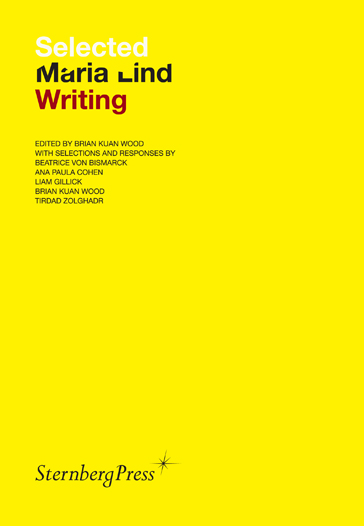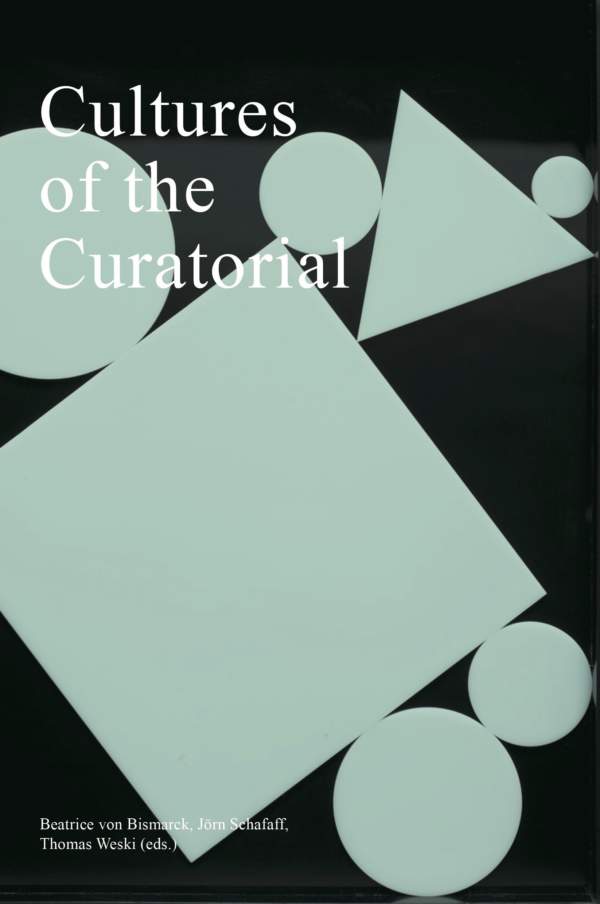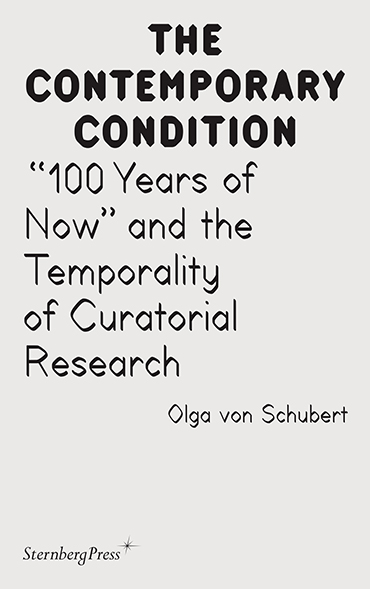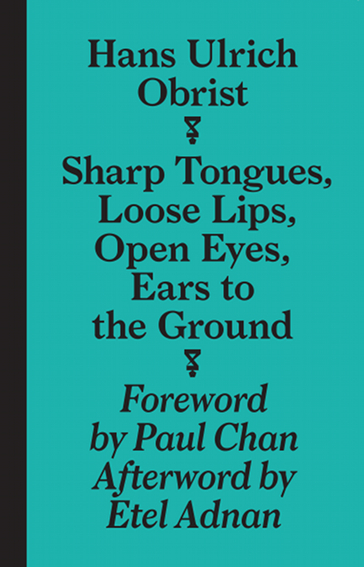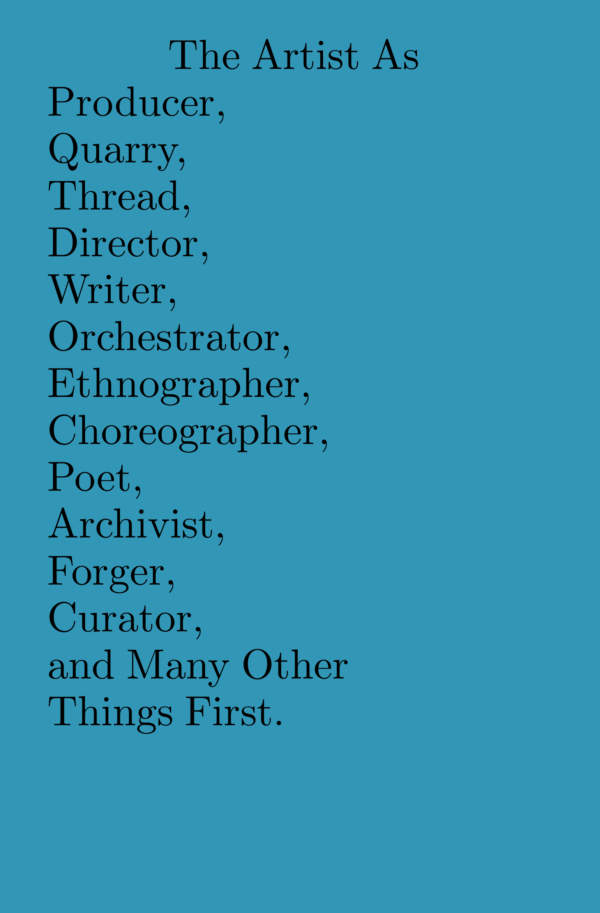Your cart is currently empty.
Cart
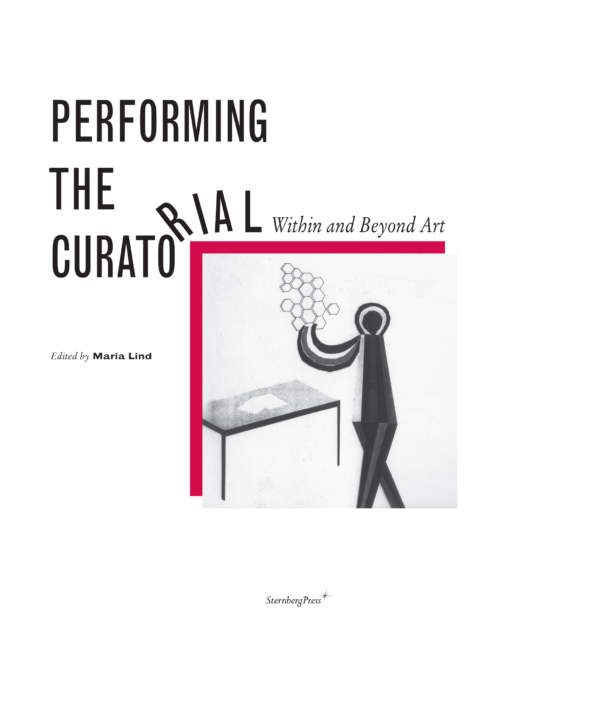
Performing the Curatorial
Within and Beyond Art
Contributions by Doug Ashford, Beatrice von Bismarck, Boris Buden, Clémentine Deliss, Helmut Draxler, Eungie Joo, Marion von Osten
Introduction by Maria Lind
Preface by Johan Öberg
Within contemporary art, the curator’s mediating function has developed into “the curatorial” itself. The curatorial is akin to methodologies used by artists that focus on post-production approaches—that is, principles of montage, with disparate images, objects, as well as other material and immaterial phenomena that are brought together within a particular time and space-related framework. Because the curatorial has clear performative sides, ones that seek to challenge the status quo, it also includes elements of choreography, orchestration, and administrative logistics—like all practices working with defining, preserving, and mediating cultural heritage in a wider sense. Is curating therefore essentially an act of translation? If so, with what purpose, and can it be performed elsewhere?
Performing the Curatorial brings together a diverse group of curators, artists, art historians, educators, and thinkers, all of whom reflect on the curatorial motives, tendencies and tactics, pitfalls, and exegeses in translating, and thus performing, cultural heritage.
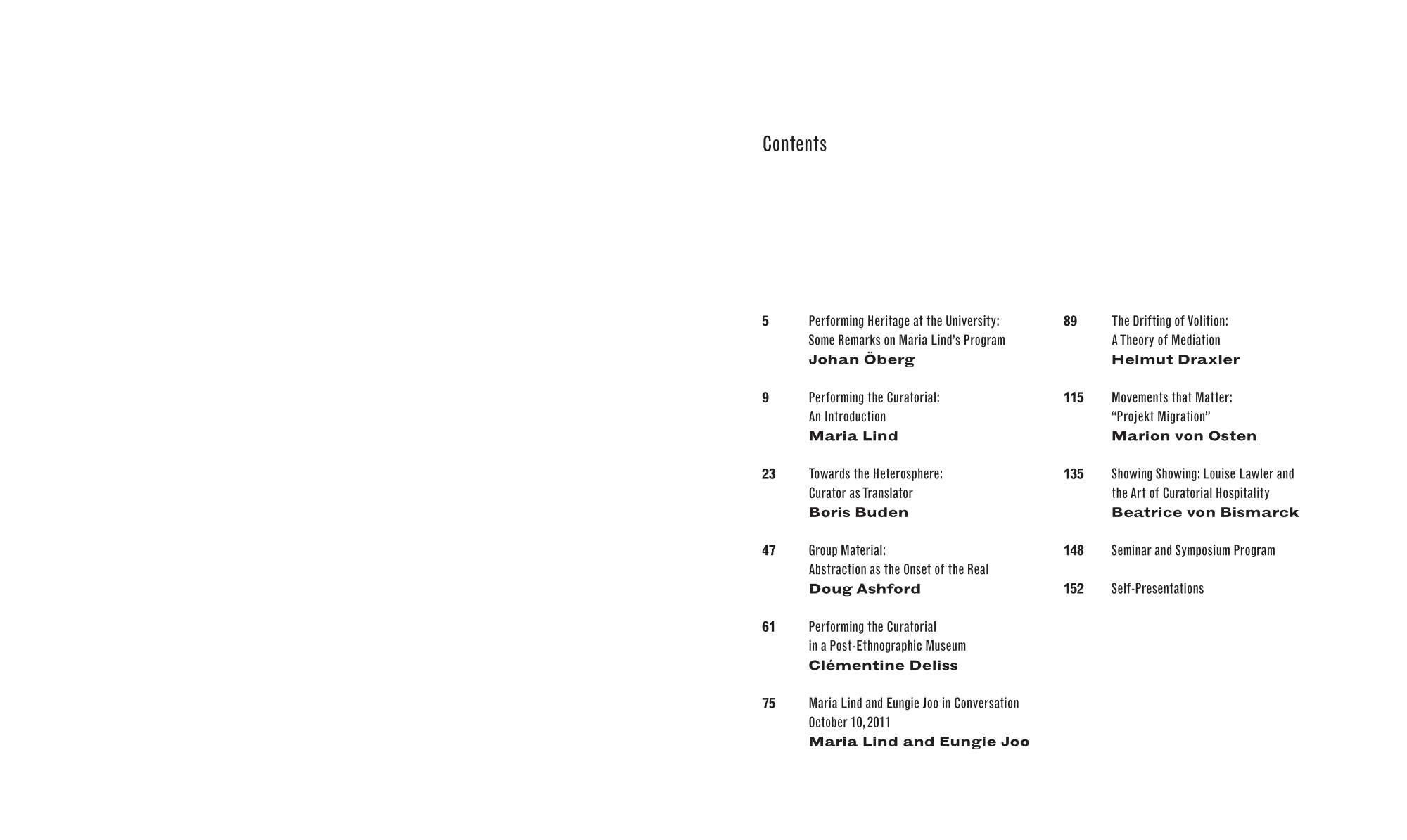
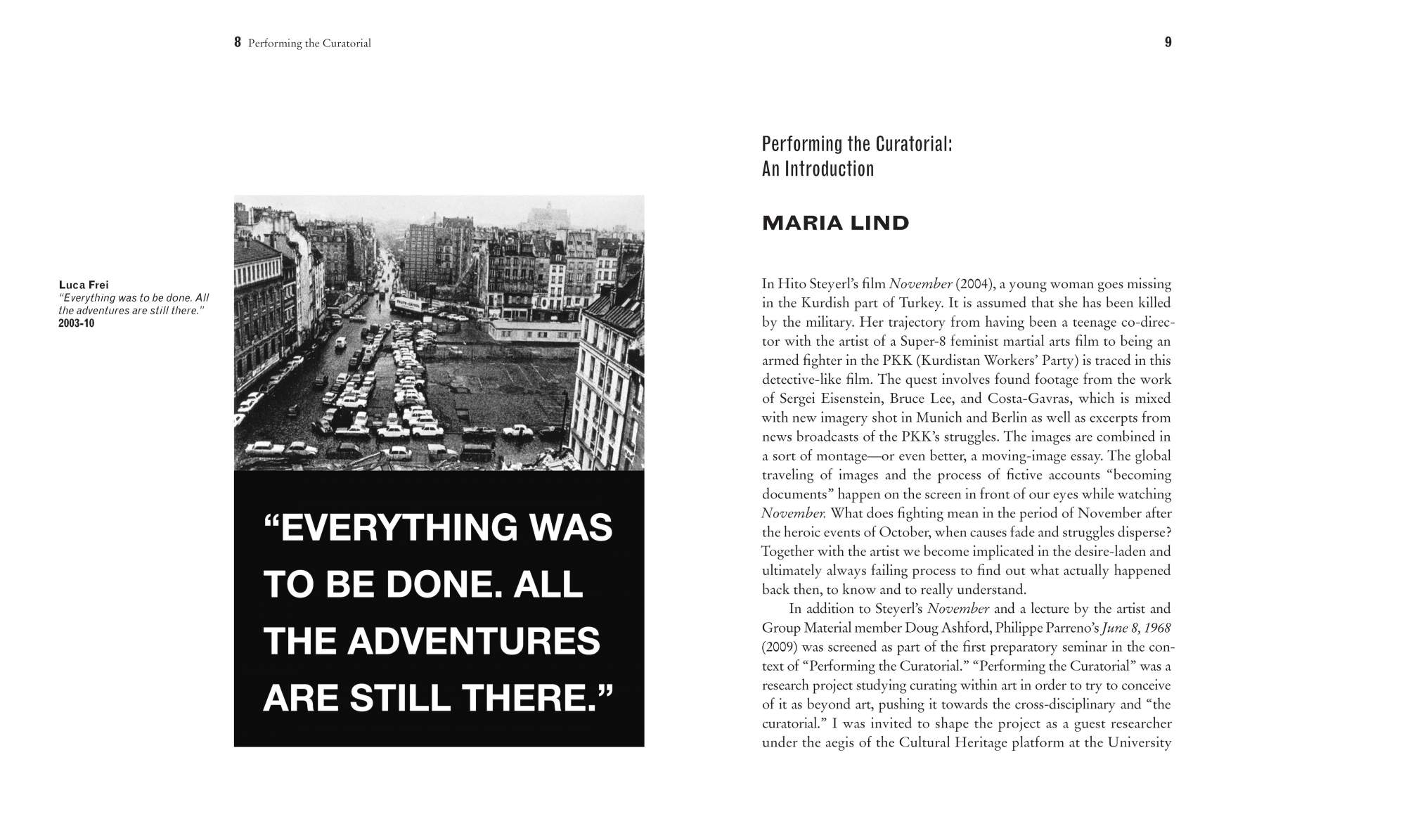
Softcover
€19.00
